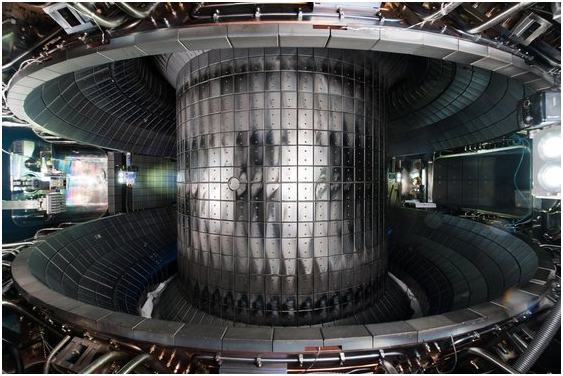Scientists working on the KSTAR technology have taken another important step forward, according to Business Korea, increasing the timescale to a world-record 30 seconds. This increase in performance is attributed to improved magnetic field conditions and heating systems. According to the magazine, the team plans to keep the plasma going for 300 seconds in 2026, thanks to modifications to the power supply and a tungsten diverter that prevents temperature rise in the chamber’s inner walls.
The Korean Superconducting Tokamak Advanced Research reactor, also known as KSTAR, is a superconducting fusion device. The Korean artificial sun is another name for it. China and France both have similar reactors, and several countries, including the United States, Russia, and the European Union, are involved in the nuclear fusion reaction. It’s difficult to retain hydrogen isotopes at the same temperature in the fusion device that turns them into plasma.
The device’s construction was completed in 2007, and it produced its first plasma in 2008. KSTAR set a global record in 2016 by keeping plasma at 50 million degrees Celsius (90 million degrees Fahrenheit) for 70 seconds, but China’s Experimental Advanced Superconducting Tokamak (EAST) beat it in 2017 with a 102-second effort.
The goal for systems like these, however, is to heat the plasma to more than 100 million degrees Celsius (180 million degrees Fahrenheit), which KSTAR achieved in 2018, albeit for only 1.5 seconds. It upped the ante in 2019 with an eight-second attempt at the same temperature, and then set a global record last December by maintaining plasma at 100 million degrees Celsius for 20 seconds.
Other fusion devices have previously controlled plasma at temperatures of 100 million degrees or more for a brief period of time. None of them were able to keep the procedure running for more than 10 seconds. It is the normal-conducting device’s working limit and maintaining a stable plasma state in the fusion device at such high temperatures for an extended period of time was problematic.
By 2025, the KSTAR’s ultimate goal is to achieve a continuous operation of 300 seconds with an ion temperature of more than 100 million degrees.

